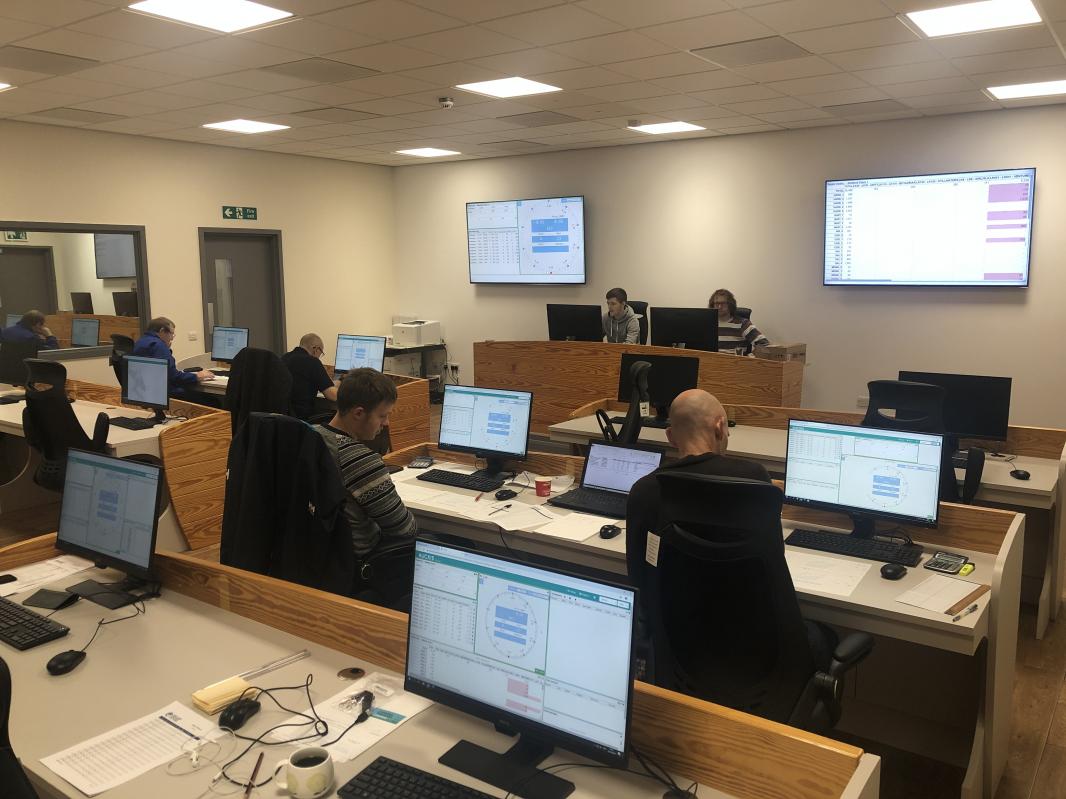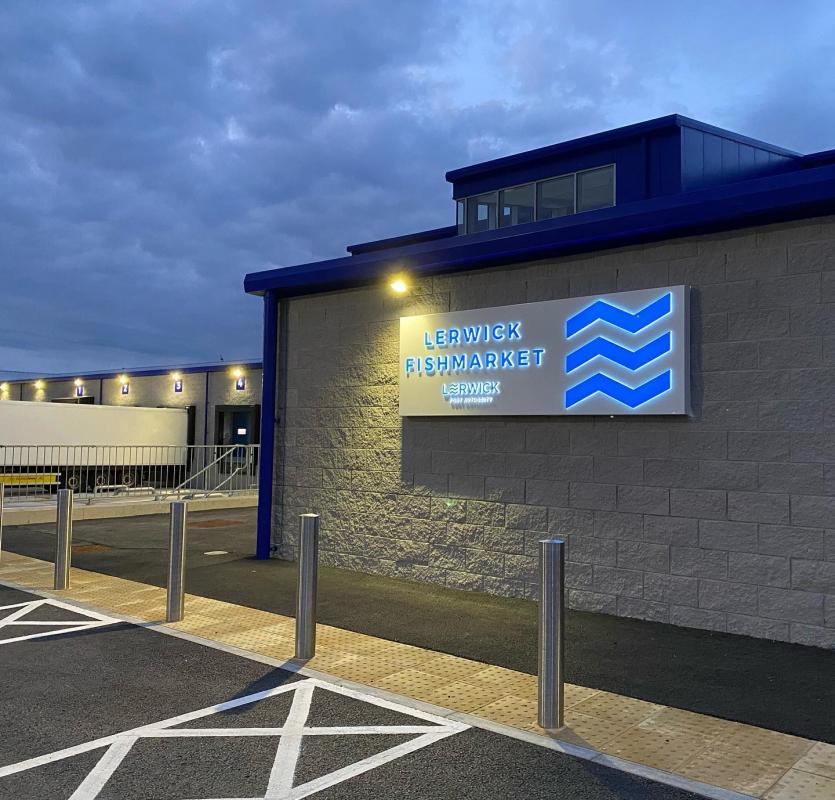But it is a potentially transformative development for the boats that land all that delicious North Sea haddock, cod, plaice and monkfish, along with countless other species, which ends up on dinner plates all over Europe.
The first fish was landed at the Holmsgarth facility by local vessel Sedulous on 5 August and Lerwick Port Authority senior commercial executive Victor Sandison says the response among fishermen so far has been “resoundingly positive”.
Shetland is the second largest whitefish port in the UK thanks to the volume of fish landed on the east coast in Lerwick and the west coast in Scalloway, where a gleaming new market was also completed recently.
After some difficult years following the decommissioning of many boats in the 1990s and the recovery of stocks, whitefish catching is now enjoying something of a renaissance. Landings have been steadily increasing for some time, more than doubling in the past decade or so to reach a 2018 record at over 436,000 boxes.
The new market is the final phase of the LPA’s ambitious £30 million development of the Holmsgarth area. The programme began in 2008 when the north end of the harbour was dredged, deepening the approaches to what is now the new fishmarket quay to 6.2 metres.
Additional berthing and a sheltered dock has been created at the L-shaped Mair’s Pier, completed in late 2016, while there is also space for the pelagic fleets colossal vessels to dock conveniently adjacent to the Pelagia Shetland factory where they land mackerel and herring.
Work began on the market in June 2018 and, despite some Coronavirus-related disruption in the first half of 2020, the project – designed by Arch Henderson and built by Tulloch Developments – was completed in little over two years.
Four temperature-controlled bays offer a total of 1,600 square metres of space – compared to 726 square metres at the capacity-constrained old market in the centre of Lerwick. In addition to greater landings, there is added space to weigh and hand-grade fish on the market floor.
Victor said the “passive” refrigeration system was more energy efficient than the noisy fans used to cool the old market. With a dedicated dispatch area to deliver produce straight into refrigerated lorries the new setup all-but eliminates any time the fish spend outside a strictly temperature-controlled environment.
“While there may be challenges with the resolution of fishing policy post-Brexit,” Sandison added, “the investment in the new market was crucial to help sustain and develop the fishing sector’s future in the years ahead and is a great demonstration of our commitment to the sustainability of the sector.”
James Aitken of agents LHD said the principal benefit was the increased space and capacity, making life easier for boats, staff and buyers: “Shetland has always had a reputation for the highest quality fish due to our geographical location and these new markets will help reinforce this,” he said.
“In the past, boats may have had to wait a day to land or consign fish to the mainland directly, however that should no longer be as much of an issue.
“There is more space on the market floor to work with the fish and transfer it to chilled containers for onward transport. There is a large transport corridor at the end of the market and the fish can now be transferred straight into chilled containers without having to move outside, where the temperature is usually higher.”
The installation of boot washers at entrances to the market will improve hygiene, while James added fish would be “less likely to dry out like it may have in older airflow systems”.
Ross Robertson, second skipper on whitefish boat the Mizpah, said the new market was “well organised, very hygienic and a lot easier to work in, with a better fish layout and a quiet, peaceful atmosphere with the silent chilling system”.
For Norma Williamson, Shetland Seafood Auctions’ sales and admin officer, the tail-end of summer was a hectic time with the finishing touches being applied to a brand new electronic auction system.
It offers greater flexibility – in addition to the auction room itself, with slightly reduced capacity due to social distancing initially, buyers are able to access the day’s auction via a smartphone app. That allows them to continue bidding whether hundreds of miles away or next door inspecting the morning’s species on the market floor.
“I think it’s a great asset for visitors and locals and we’re delighted to be getting everything up and running,” Norma said, adding she hopes the new market will attract more boats and buyers alike amid “very exciting times” for the industry.




